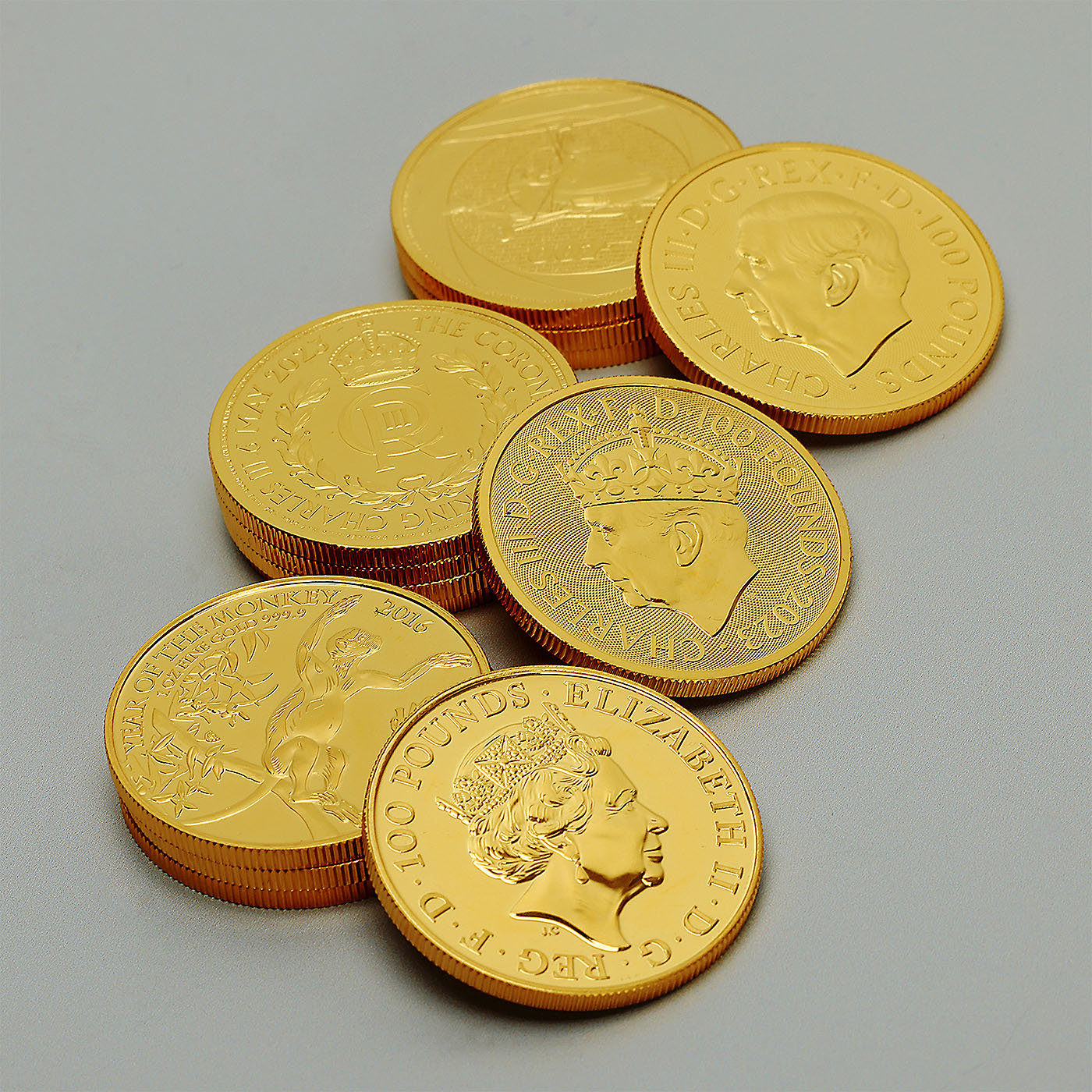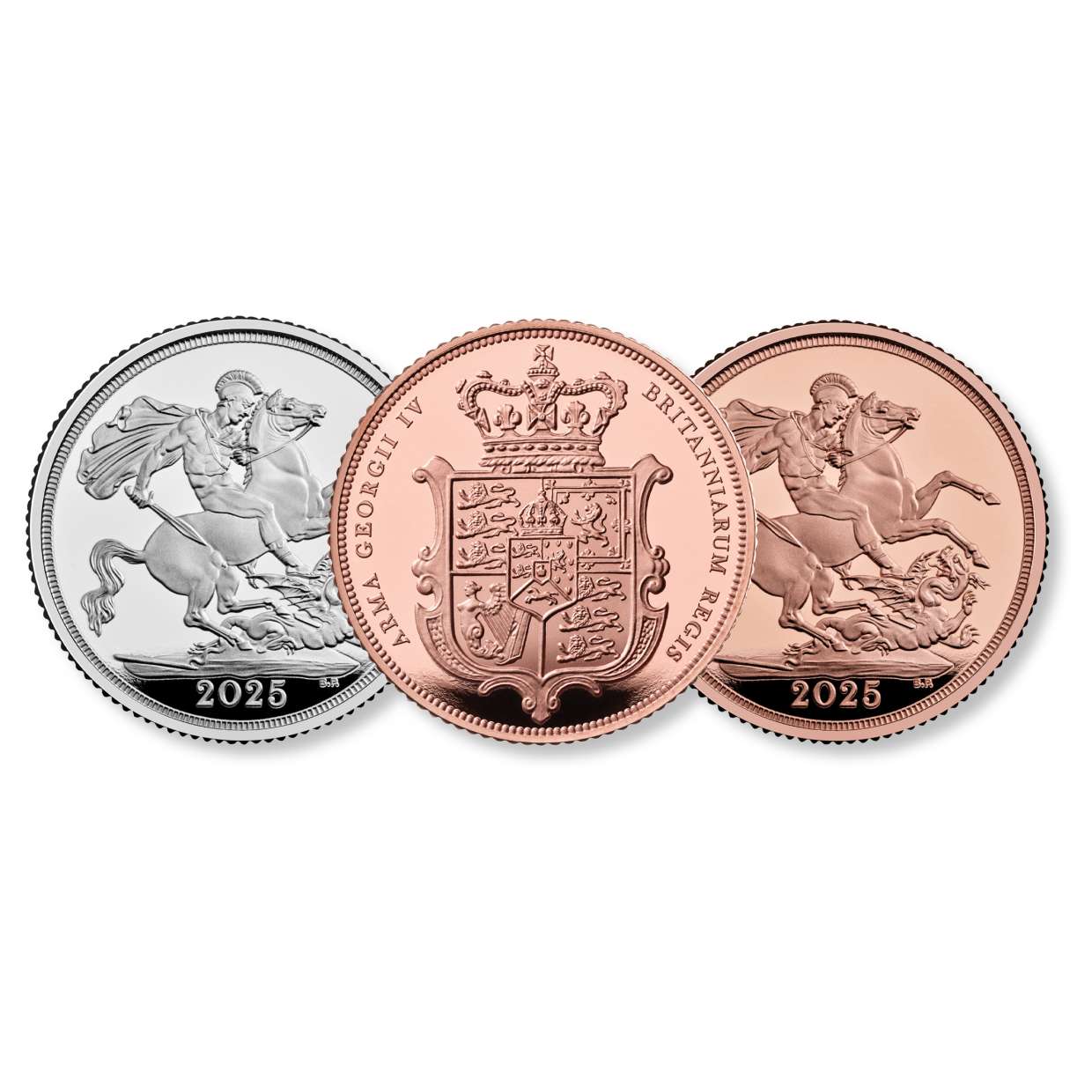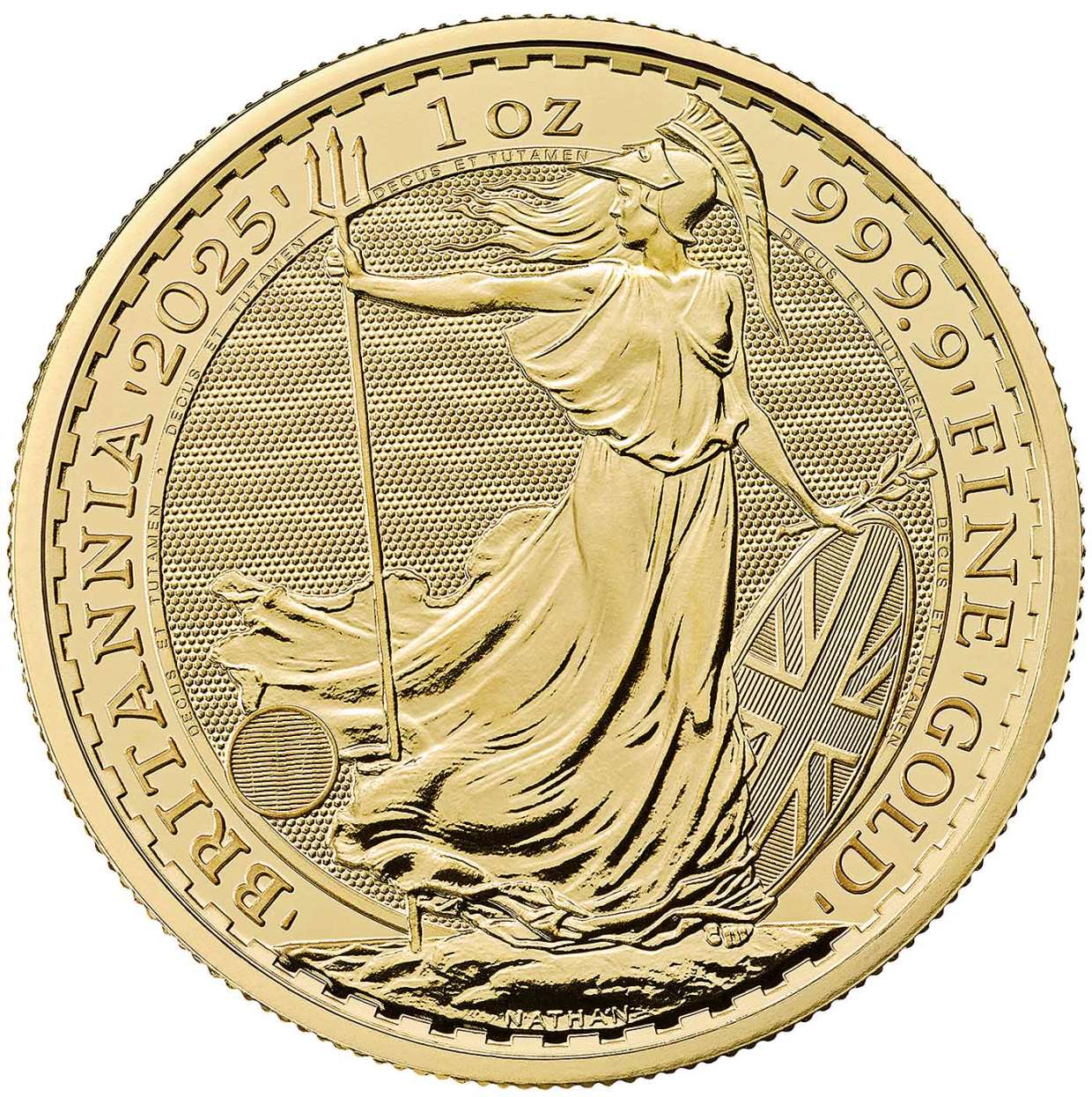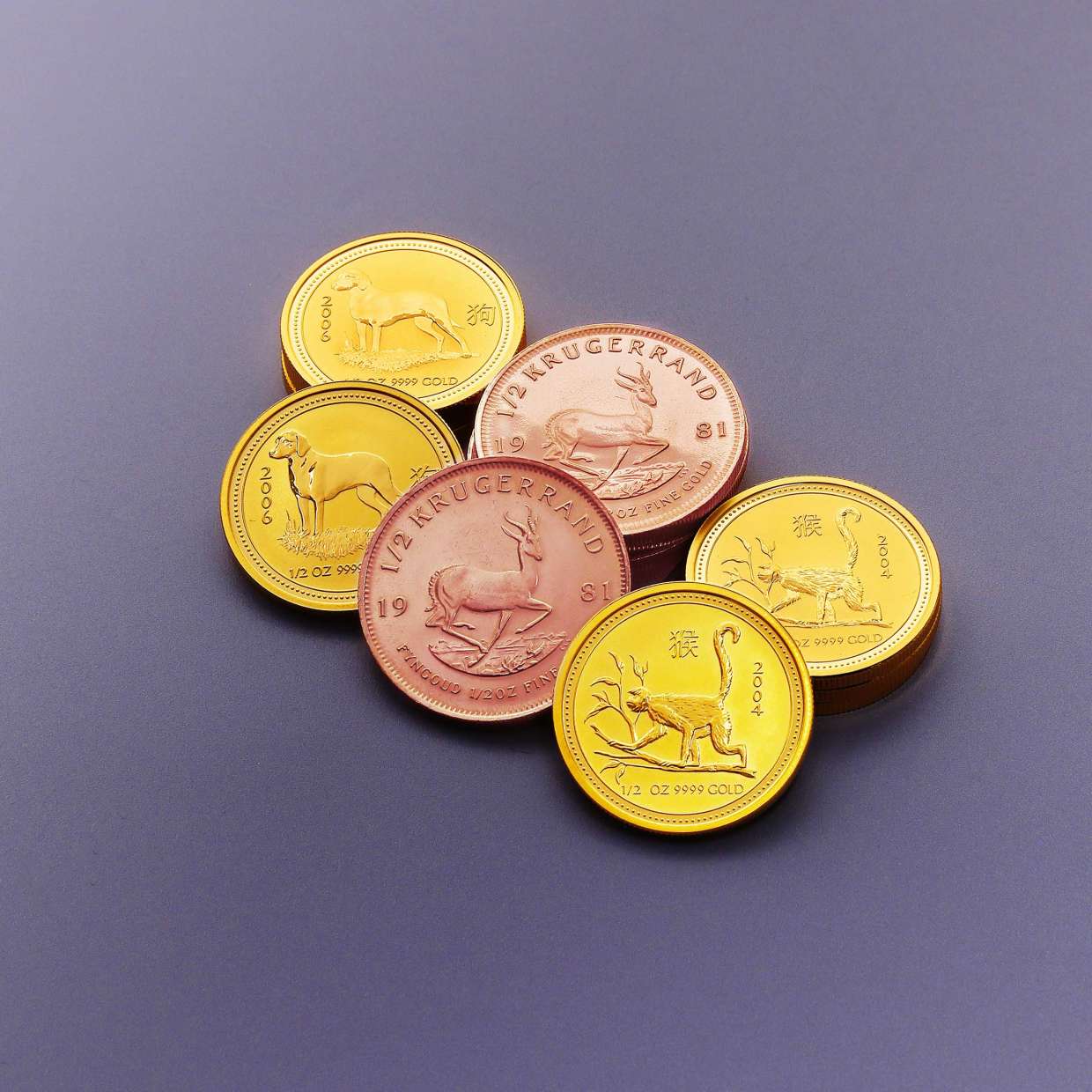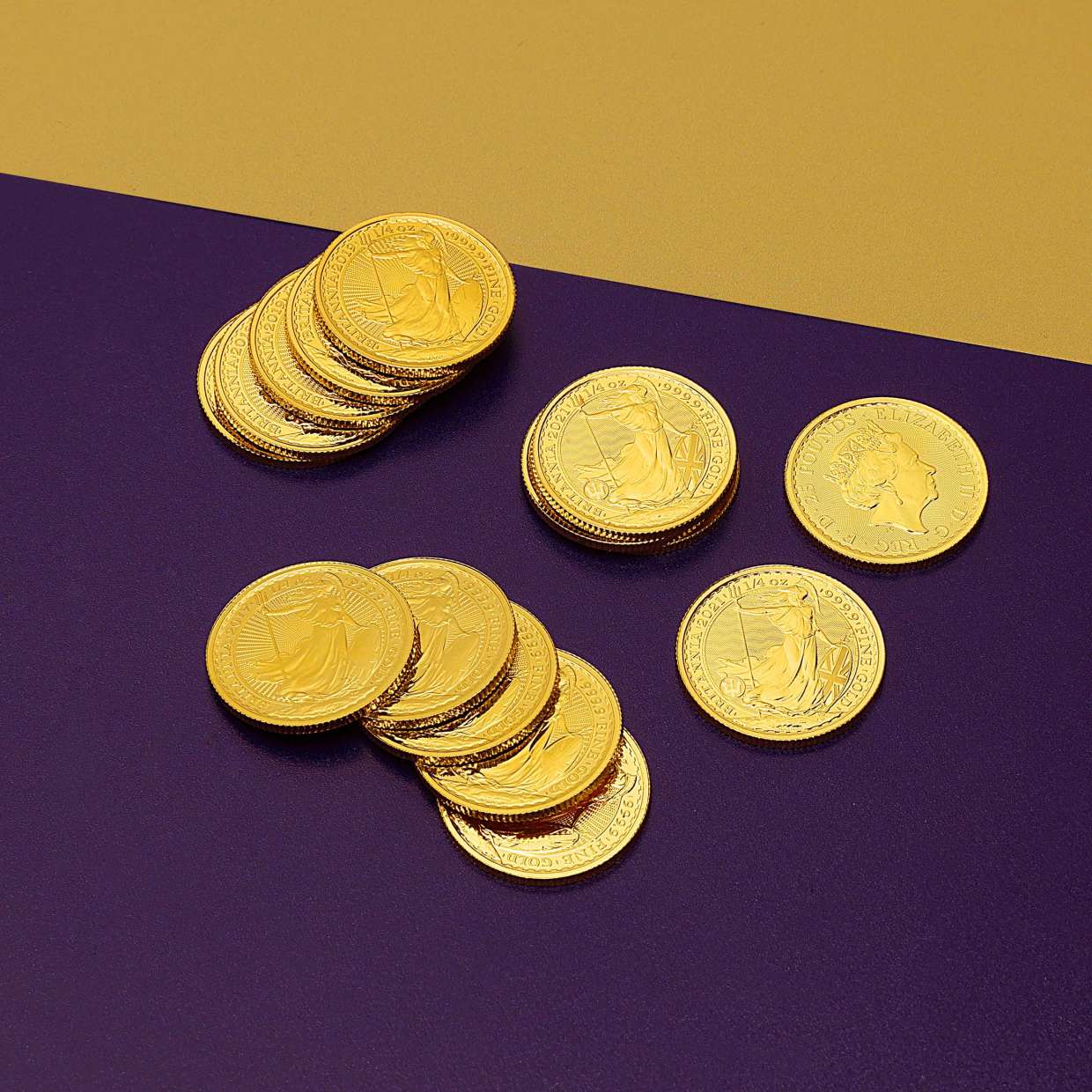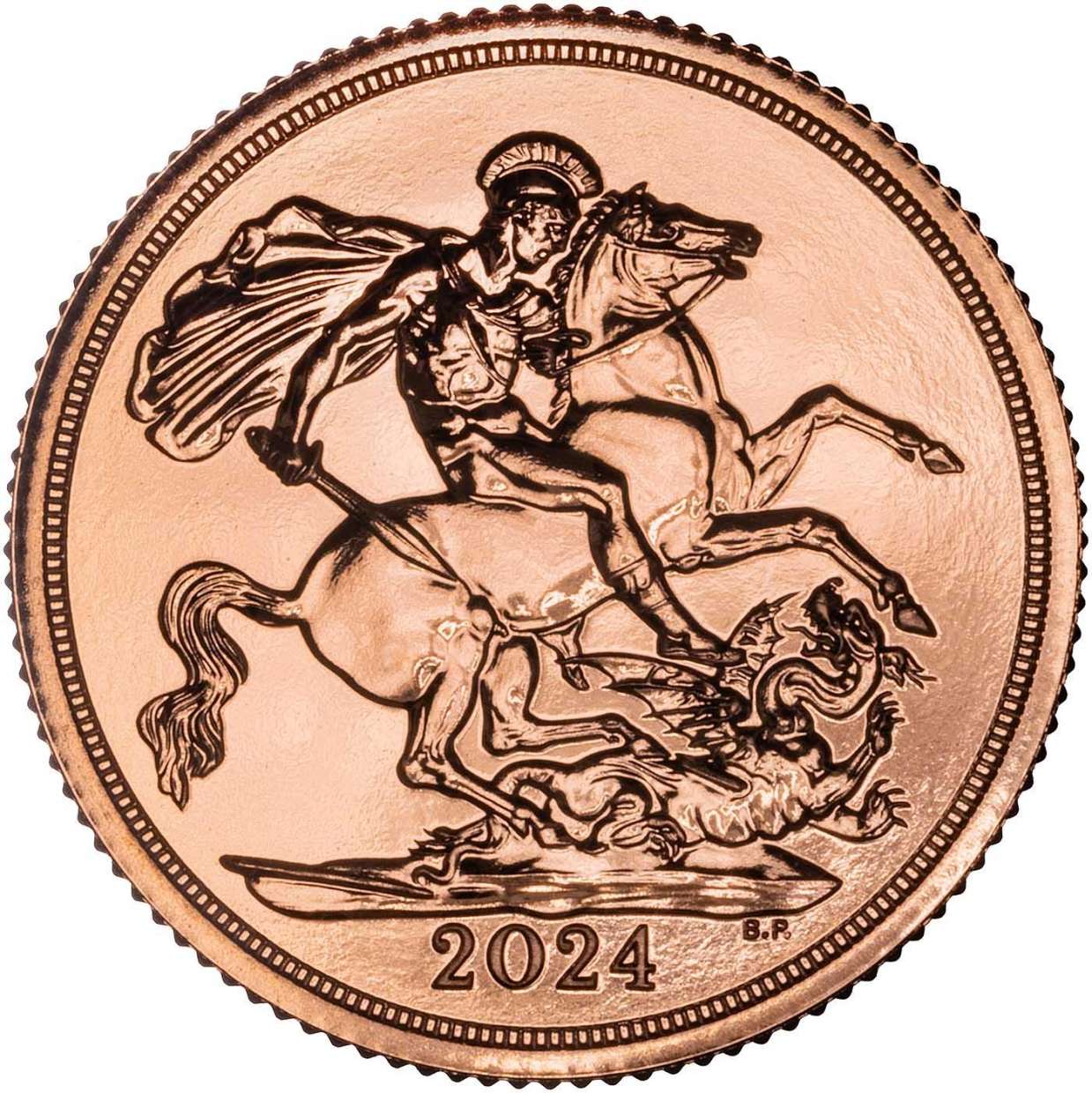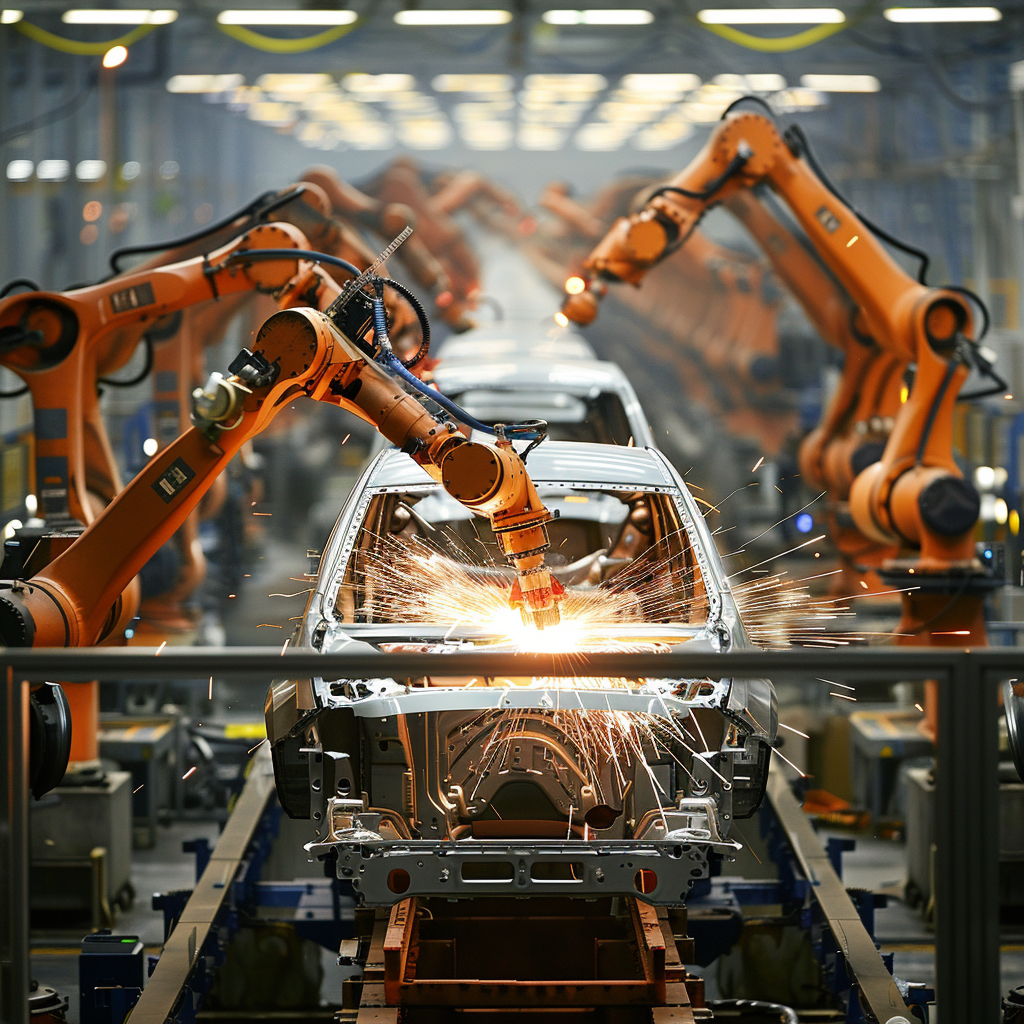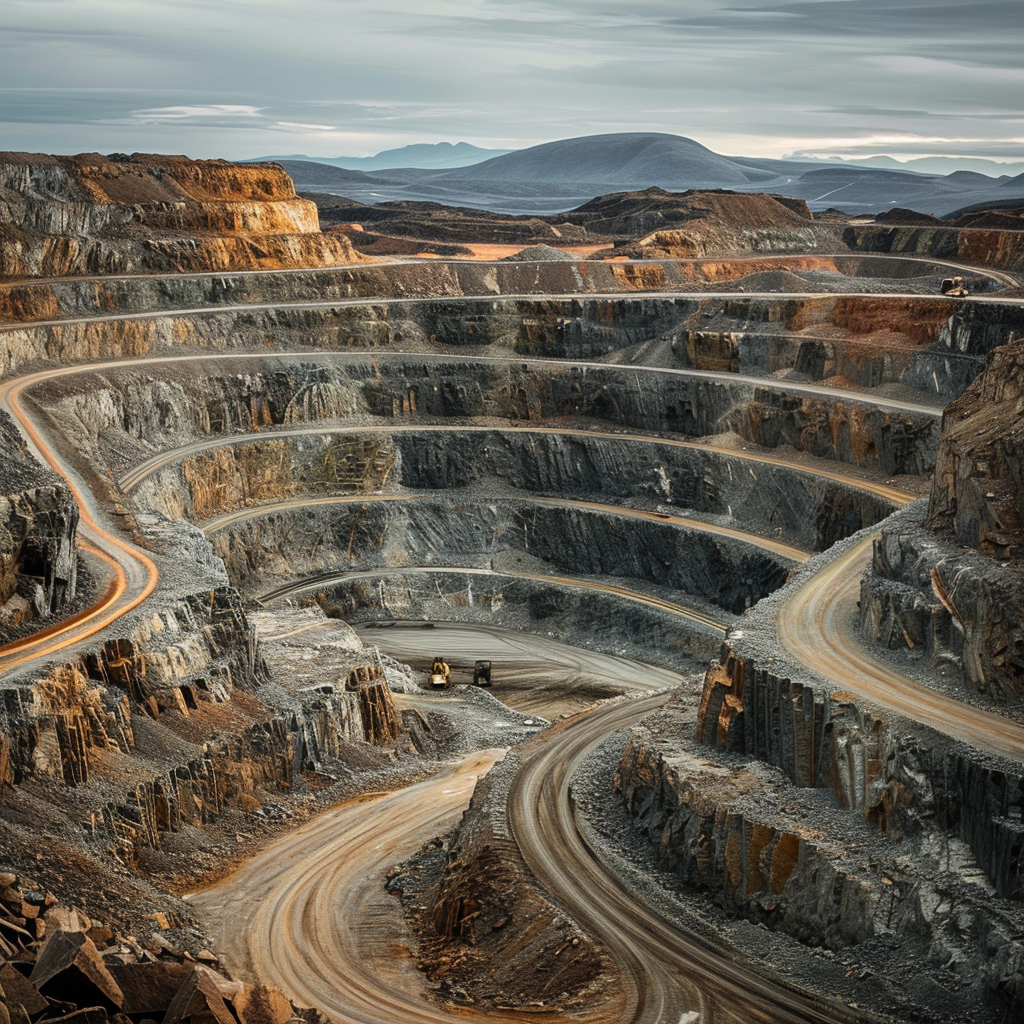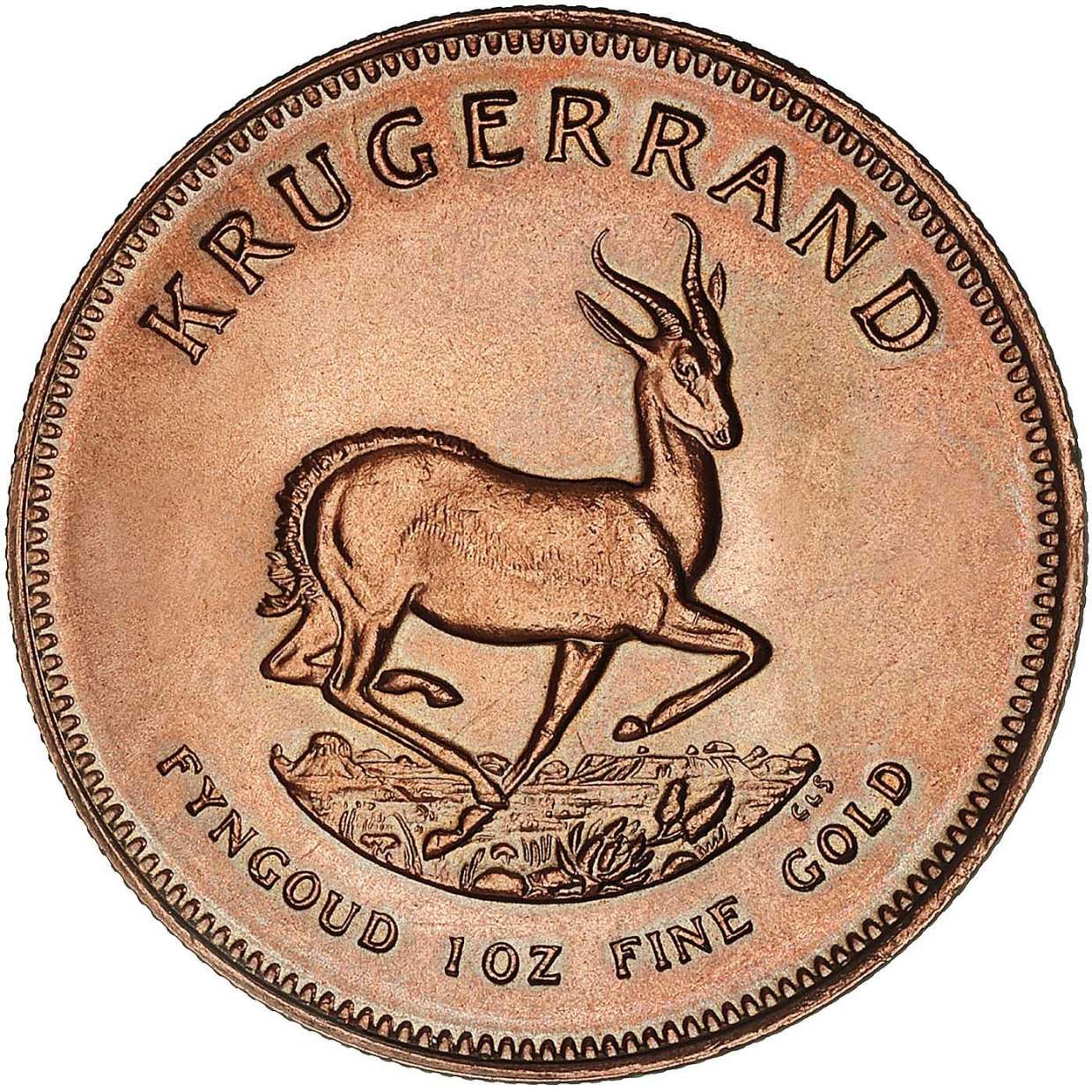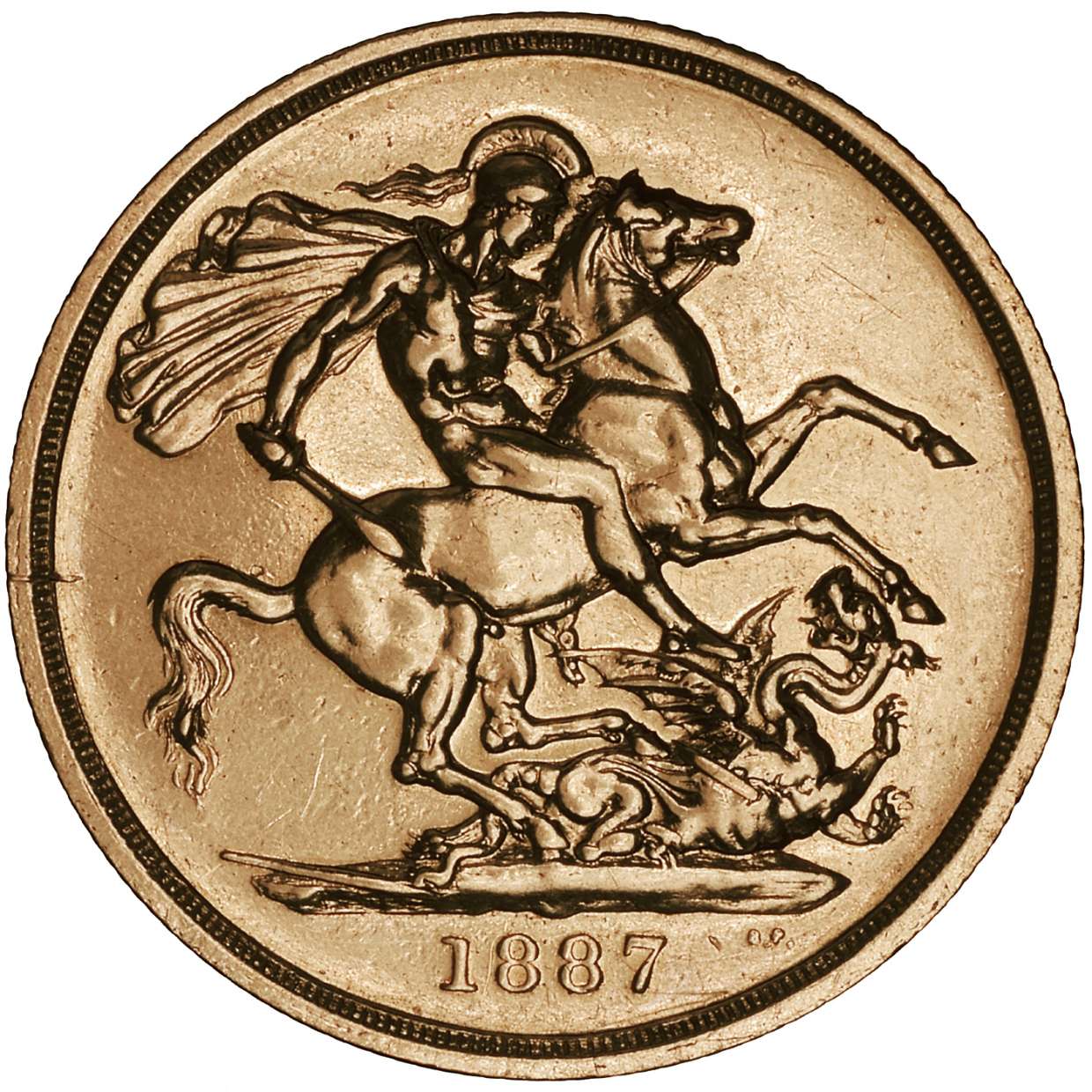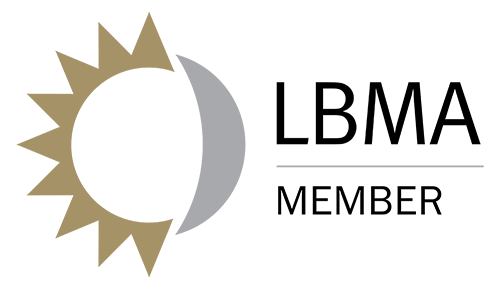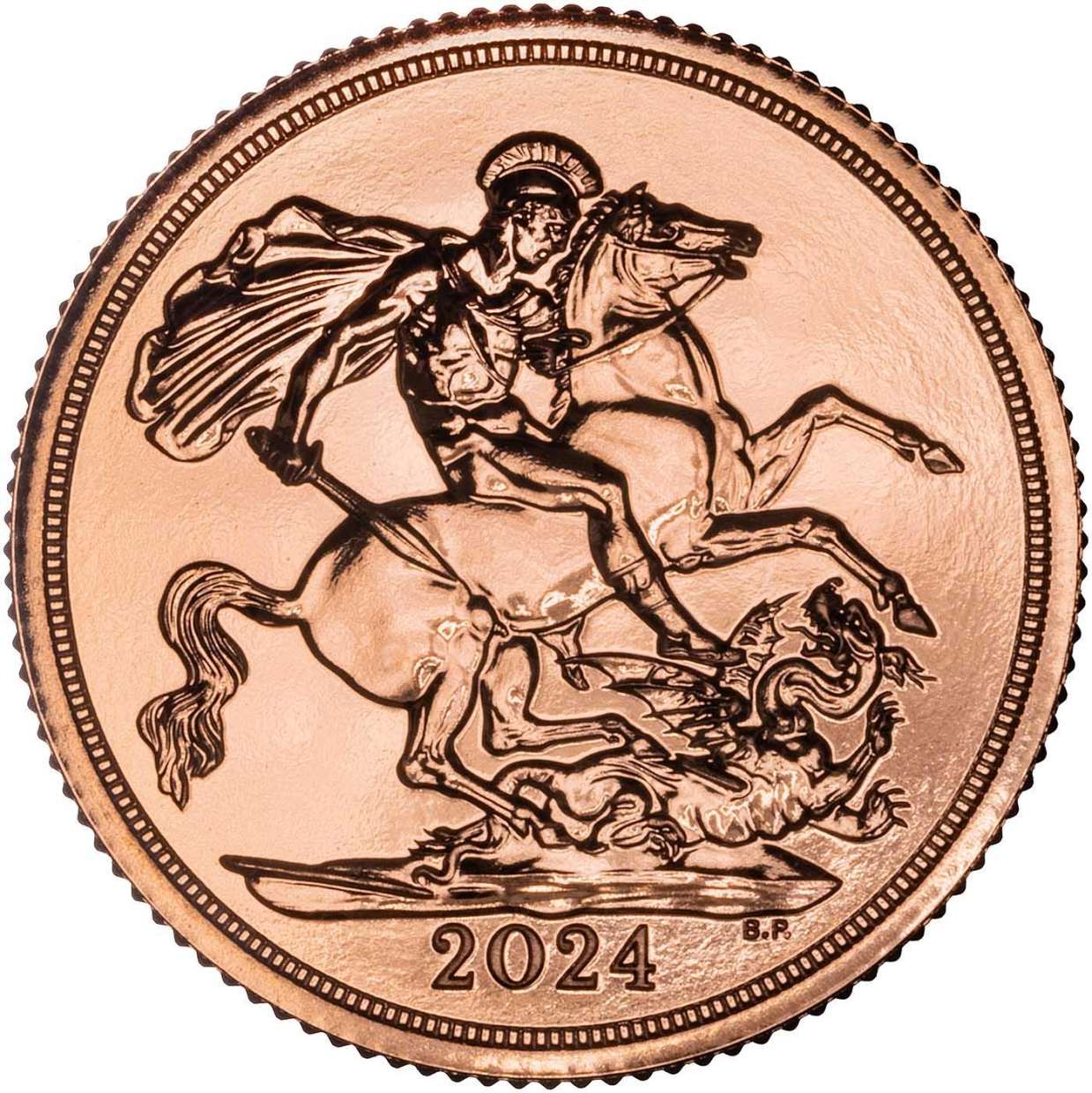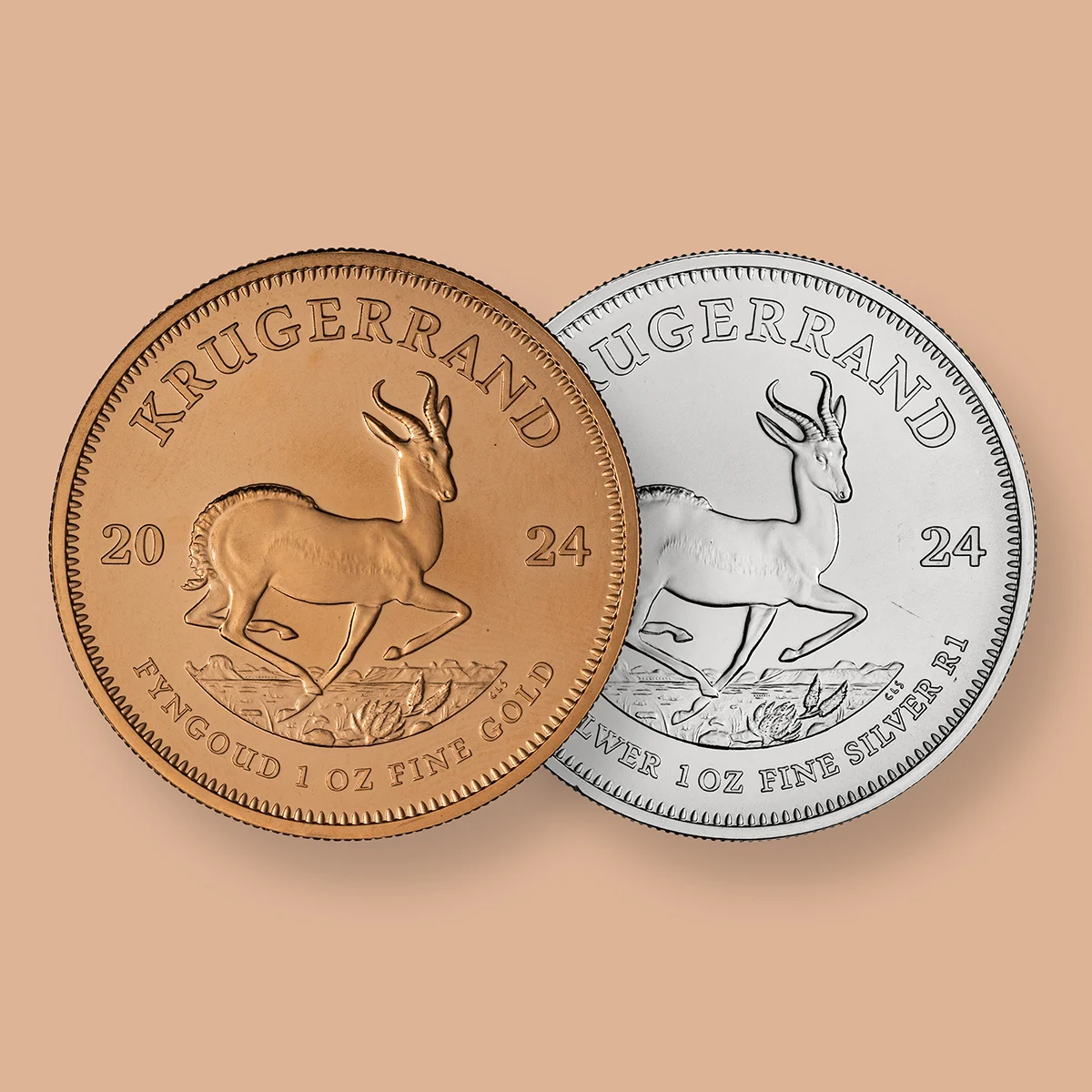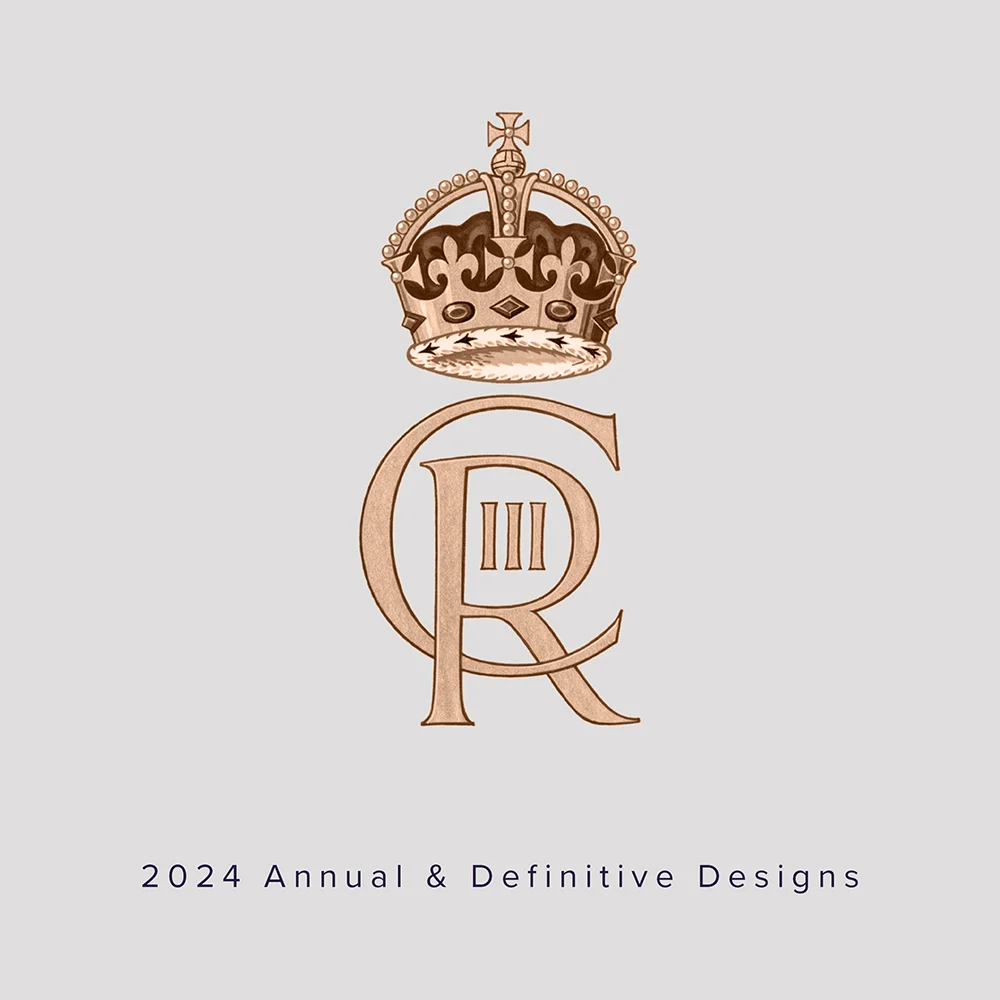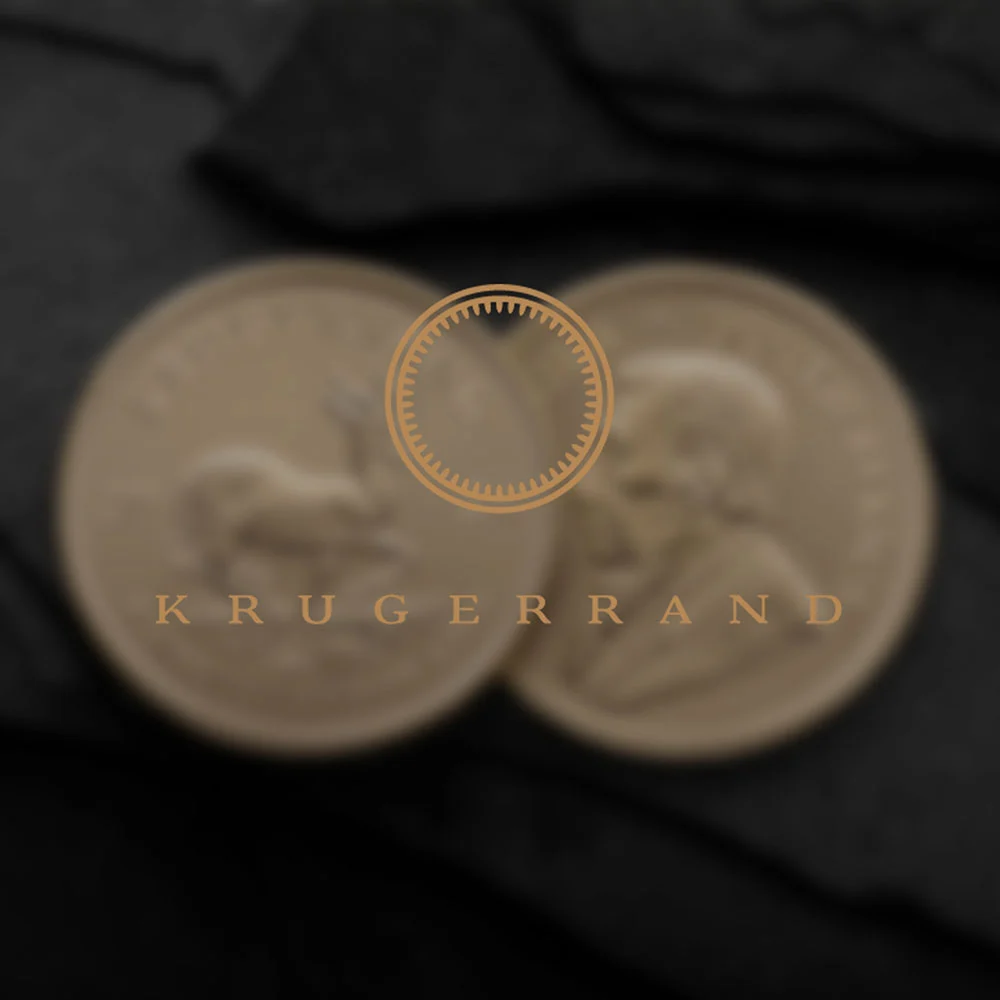How Are Precious Metals Recycled?
Synopsis
This blog highlights the importance of recycling precious metals like gold, silver, platinum, and palladium to combat climate change. It emphasises the environmental benefits of recycling, such as reduced greenhouse gas emissions compared to mining. The article also discusses historical and contemporary aspects of precious metal recycling, and the involvement of Chards Coin and Bullion dealer in the process.

Key Takeaways
- Historical evidence shows that precious metal recycling dates back to ancient times.
- 25% of the global gold supply comes from recycling, with 90% of that from jewellery
- In 2022, nearly 181 million ounces of silver were recycled.
- These metals are originally mined from the Earth's crust, often formed during supernovae.
Introduction
In the modern world, the increasing global awareness of the consequences of climate change has become undeniable. One of the primary contributors to climate change is the manufacturing of goods. As investors of precious metals, we can contribute to protecting our planet by recycling our metals.
Before we delve into explaining precious metals recycling, it's important to note which types of precious metals are worth recycling. We are not suggesting that you recycle that 1-kilogram gold bar hidden behind the painting in your front room. Metals that are considered 'precious' are rare metals that have been used as currency throughout history. In modern times, precious metals are often associated with investments aimed at safeguarding wealth during periods of economic uncertainty.
Perhaps one of humanity's greatest discoveries, "gold," according to historians, is believed to have been found by the Ancient Egyptians around 2450 B.C. Before modern society had fully developed, gold and other precious metals played a pivotal role in influencing the way societies traded and advanced over the ages.

What Is Precious Metal Recycling?
Precious metal recycling involves collecting and refining valuable precious metals like gold, silver, platinum, and palladium.
- Including old electronics
- Jewellery
- Industrial waste
The recycling process begins with an initial review of the precious metals, which are then broken down into small pieces. Each type of metal is placed into a specific furnace designed to accommodate its unique melting temperature. Following this, the metals undergo a purification stage to ensure they are free from contaminants and meet the required purity levels. For instance, a 24-carat gold bar or coin must have a fineness of 0.9999 or higher. Finally, the metal is solidified, and the moulding process is completed to produce the new coin or bar.
The Benefits of Recycling Gold & Silver
As we know, the manufacturing of goods is detrimental to climate change. However, there are compelling reasons to consider participating in the recycling of precious metals. Benn Harvey-Walker, the Co-founder of a bespoke jewellery company based in Australia, has highlighted that recycling precious metals results in fewer greenhouse gas emissions compared to mining minerals from the Earth's crust. This practice, in turn, plays a significant role in reducing the damage to our planet caused by climate change. (Source)
Key Insights
- Recycled gold - produced up to 99.8% fewer greenhouse gas emissions.
- Recycling silver - produces around 14% of the emissions that silver mining does.
- Recycled Platinum - produces 95% less gas emissions that mining for platinum does.
According to past archaeologists, the first evidence of precious metal recycling dates as far back as the Ancient Roman era, as silver Roman jewellery was discovered in Scotland, which had indeed been reused. This implies that any gold or silver you currently possess or acquire may have connections to history that span back centuries!
How Much Gold and Silver is Recycled?
An important question frequently searched online is the extent to which gold and silver are currently being recycled?

According to the World Gold Council, the current global gold supply is divided into a 75/25 ratio, with mined gold accounting for 75% and recycled gold making up a significant 25%. Approximately one-quarter of the gold supply is derived from recycling, with World Gold Council claiming that 90% of this comes from jewellery. (Source)
On the other hand, silver is not recycled as much, compared to gold, as the price of this precious metal is significantly lower than that of its counterpart. The general public is more likely to discard silver compared to a shiny gold due to the rarity and inherent value that gold holds.
A mining, metals, and minerals study was conducted by Statista in April 2023. The data revealed that in 2022, nearly 181 million ounces of silver were recycled, with an expected increase of 0.0552% to reach 181.1 million. (Source)
What Are Ferrous Metals & Non-Ferrous Metals?
The difference between ferrous and non-ferrous is that non-ferrous metals keep their physical and chemical properties during the recycling process. Ferrous metals are primarily composed of iron, making up more than 50% of their composition. These metals are known for their strength, durability, often magnetic and, good conductors of electricity.
- Steel
- Cast Iron
- Wrought Iron
In contrast, non-ferrous metals are those that contain minimal amounts of iron in their composition. These metals are generally less prone to corrosion and are frequently non-magnetic. Gold is highly valued for its unique properties, including its lightweight nature, lustrous appearance, and resistance to tarnishing over time when exposed to the elements, making it an exceptional choice for jewellery.
- Gold
- Silver
- Platinum
- Palladium
Where to Find Precious Metal
Precious metal is originally mined from the earth’s crust. The supernova nucleosynthesis process is responsible for the creation of approximately half of the elements in the periodic table, including gold, platinum, and uranium. Supernovae are the explosive deaths of stars that emit massive amounts of energy. During a supernova, temperatures can reach up to 100 million Kelvin, and the intense pressure and energy create the perfect conditions for heavy elements such as gold to form.
Nevertheless, you can discover precious metals in your jewellery This jewellery can either be handed down through generations or purchased. Additionally, an available option is to recycle the jewellery to create other items like bars and coins.
Precious Metal Recovery in the UK
At Chards Coin and Bullion Dealer we buy everything from bullion coins, jewellery, medallions and stamp replicas.
As leading UK dealers since 1964, we are constantly eager to purchase gold and silver coins as well as bars. Furthermore, we also acquire scrap gold in any quantity and carat. Whether you possess a single item or several kilograms, we remain keenly interested in obtaining your scrap gold at competitive prices. The scrap we acquire can subsequently be recycled and resold for the creation of new products.
Chards Mailing List is the ultimate mailing list for bullion dealers that customers need to be on if they are interested in investing in precious metals. Our mailing list is the only one you'll ever need to stay informed about the latest deals, special offers, and product releases. We keep our subscribers updated on everything from investment-grade bullion to rare and collectible coins. By signing up for our emails, customers will never miss out on any fantastic deals or exciting news in the bullion market.
Interested in signing up today? Sign up to our mailing list and follow us on The Silver Forum, Instagram, YouTube, Facebook, TikTok, Twitter, and Threads for coin news.

Related Articles
This guide and its content is copyright of Chard (1964) Ltd - © Chard (1964) Ltd 2024. All rights reserved. Any redistribution or reproduction of part or all of the contents in any form is prohibited.
We are not financial advisers and we would always recommend that you consult with one prior to making any investment decision.
You can read more about copyright or our advice disclaimer on these links.



